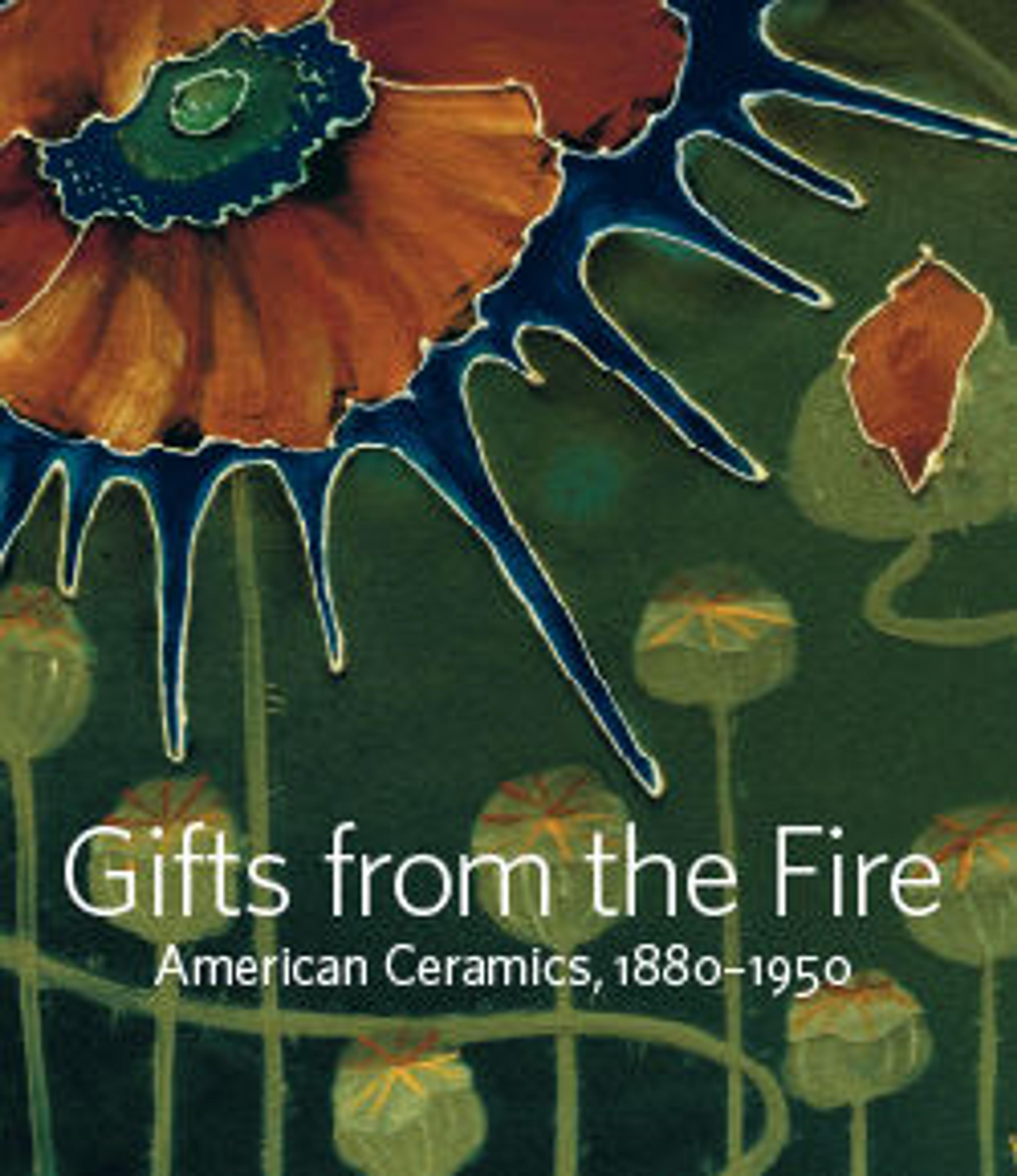Vase
Frederick Hurten Rhead, an Englishman by birth and training, was one of America’s leading ceramists at the turn of the twentieth century. As a potter, designer, decorator, teacher, and author, his influence was far-reaching. Rhead’s career extended across the nation and included positions not only at large commercial establishments but also at small art potteries, educational facilities, and therapeutic institutions. Well versed in many of the major techniques of decoration employed during the late nineteenth and early twentieth centuries, Rhead throughout his long career embraced the English Arts and Crafts and Art Nouveau styles, and ultimately, Art Deco. Developing relationships with many of the key figures in the international Art Pottery movement, among them William Percival Jervis, Taxile Doat, and Adelaide Alsop Robineau, Rhead proved to be one of the most diverse and influential ceramists working in the United States. He also became one of the leading champions of modern design in America, in both theory and practice.
After tenure at several Ohio potteries, Rhead moved to the East Coast and rejoined his compatriot, William Percival Jervis, who had started a small pottery in Oyster Bay on Long Island, New York, where this vase was made. The elements of the design on this vase—the checkerboard frieze in the top border, the barren tree trunks, and the choice of drab colors—are familiar elements from Rhead’s Della Robbia line at the Weller Pottery, as is the excised, roughly textured background.
After tenure at several Ohio potteries, Rhead moved to the East Coast and rejoined his compatriot, William Percival Jervis, who had started a small pottery in Oyster Bay on Long Island, New York, where this vase was made. The elements of the design on this vase—the checkerboard frieze in the top border, the barren tree trunks, and the choice of drab colors—are familiar elements from Rhead’s Della Robbia line at the Weller Pottery, as is the excised, roughly textured background.
Artwork Details
- Title:Vase
- Maker:Frederick Hurten Rhead (American (born England), Hanley, Stoke-on-Trent 1880–1942 New York)
- Manufacturer:Jervis Pottery (1908–12)
- Date:ca. 1908–09
- Geography:Made in Oyster Bay, New York, United States
- Culture:American
- Medium:Earthenware
- Dimensions:H. 7 3/4 in.
- Credit Line:Gift of Martin Eidelberg, 2020
- Object Number:2020.64.119
- Curatorial Department: The American Wing
More Artwork
Research Resources
The Met provides unparalleled resources for research and welcomes an international community of students and scholars. The Met's Open Access API is where creators and researchers can connect to the The Met collection. Open Access data and public domain images are available for unrestricted commercial and noncommercial use without permission or fee.
To request images under copyright and other restrictions, please use this Image Request form.
Feedback
We continue to research and examine historical and cultural context for objects in The Met collection. If you have comments or questions about this object record, please contact us using the form below. The Museum looks forward to receiving your comments.
